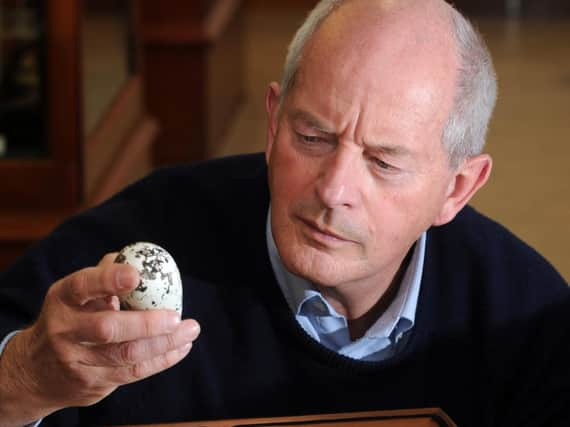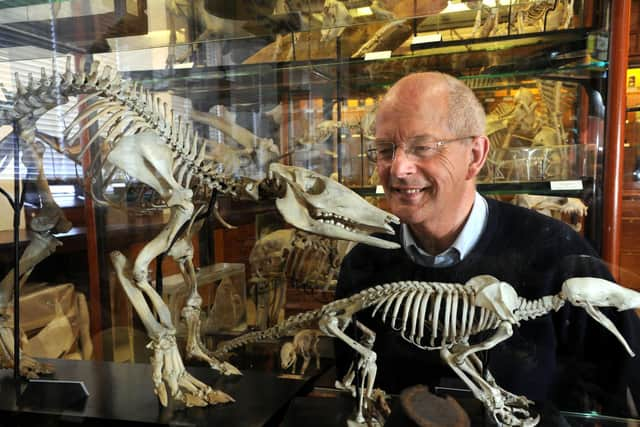Scientists in Yorkshire shine light on mystery surrounding habits of long extinct Great Auk


Now scientists from the University of Sheffield may have uncovered new evidence to disprove theories surrounding their chicks.
Nobody had ever seem a Greak Auk chick at their breeding colonies and until now it has been assumed that the chicks fledged just two days after hatching.
Advertisement
Hide AdAdvertisement
Hide AdNew findings from research suggest this may be because every egg ever laid was taken by people.


Scientists have shown, contrary to popular belief, that Great Auk chicks fledged at around 20 days old.
“The Great Auk’s extinction was caused by humans who hunted them for their meat, eggs, fat and feathers," said Prof Tim Birkhead, from the university's Department of Animal and Plant Sciences.
"The main reason that no one saw a Great Auk chick is that anyone who visited a Great Auk breeding colony took the eggs to eat."
Advertisement
Hide AdAdvertisement
Hide AdThe Greak Auk, with the last known specimens killed off the coast of Iceland in 1844, was once found at breeding sites across the North Atlantic coastline.
Previous accounts had been based on reports from the 1690s which summarised dates at which they arrived at and departed from a breeding colony on St Kilda.
The birds were present for around seven weeks, which with an incubation period of 40 days, suggests that the chicks must have left soon after hatching.
New research, published in the journal British Birds, show that the idea of a two day fledgling period ignored the fact that people took every egg that was laid, resulting in the birds leaving much sooner than they might have had they had a chick to rear.
Advertisement
Hide AdAdvertisement
Hide Ad“If the Great Auks on St Kilda abandoned their breeding colony soon after their eggs were taken, this explains their mere seven-week stay and destroys the foundation that these previous cases were based on," said Prof Birkhead, one of the most renowned seabird experts in the UK.
In order to determine when Great Auk chicks fledged the team had additionally looked at the closest living relatives of the bird, guillemots and razorbills.
The research showed that instead of fledging at just two days of age, it is much more likely that they fledged at about three weeks of age at around a quarter of their adult weight, similar to the chicks of their close cousins.
______________________________________________________________________________
Advertisement
Hide AdAdvertisement
Hide AdSupport The Yorkshire Post and become a subscriber today. Your subscription will help us to continue to bring quality news to the people of Yorkshire. In return, you'll see fewer ads on site, get free access to our app and receive exclusive members-only offers. Click here to subscribe.
